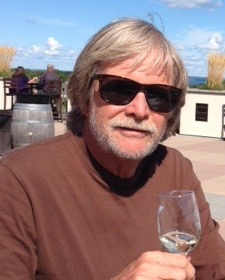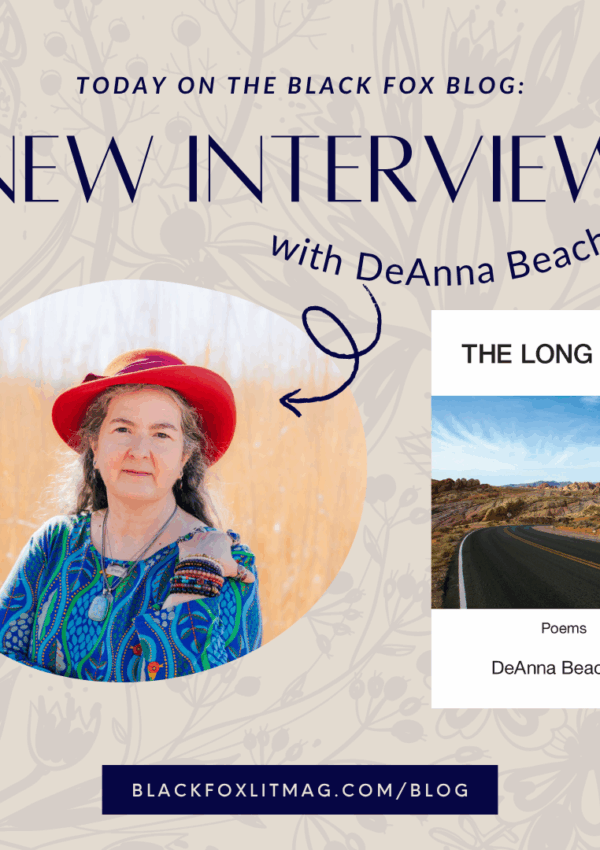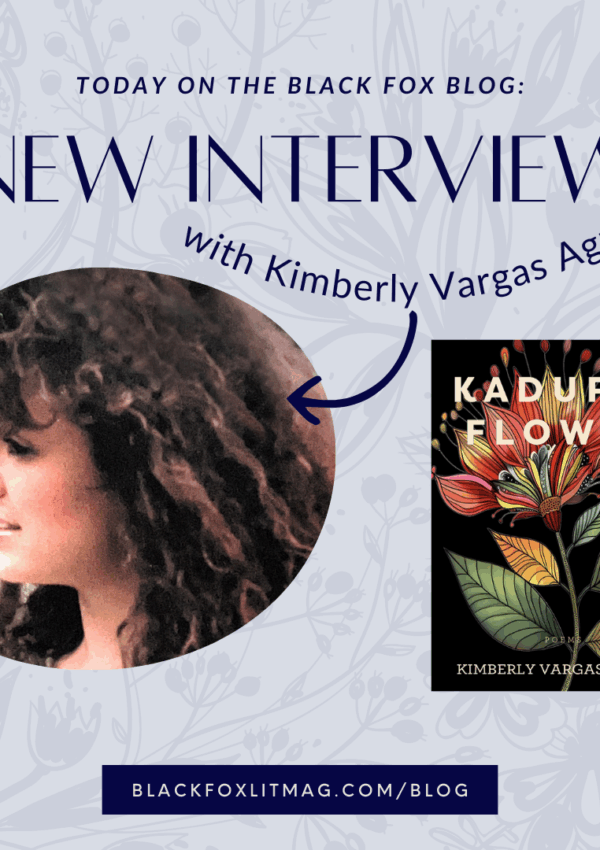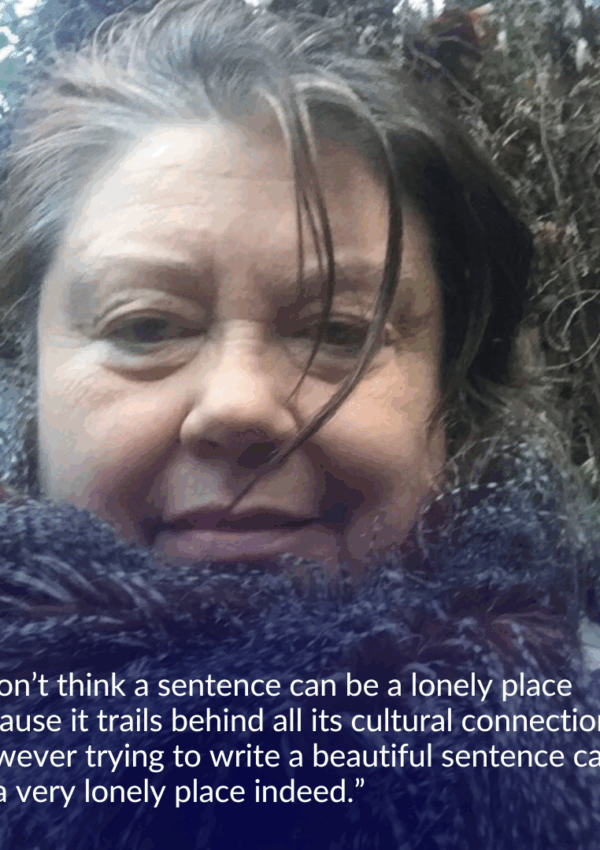The most obvious reason would be because I went to a play the other night and there were only eight people in the audience. The capacity of the theater is between forty and fifty depending on the size of the individuals attending. I only say that because one man took up two seats but unlike on an airline only paid for one. But he did applaud and had kind words to say to the theater director. Who, much like a poet, works year round for nothing, but provides stimulating entertainment for those who seek it out. But, of course, this is not the reason a poet writes a stage play.
It’s the inner struggle versus the outward struggle. What is captured in an image versus the cannon fire of dialogue. The image released in a volley of conflict between two people. A poem wants something. So do the characters in a play. But the journey is different. Dialogue drives a play but it is the visual aspect that glues what is being said to the viewers mind. Poetry creates visualization through words. The poet’s words rarely enter through the eye. The form of the poem can help construct a snapshot or video the reader’s mind creates, but the mind’s retina must shape an image the eye doesn’t see.
All writing is about what is in our hearts and minds. It’s the intersection of conflict. Without conflict there is no drama. No visual image is created for the audience. On the stage, actors take the writer’s words and embroil them with emotion. Anger, despair, disbelief, the whole range of human existence. The actor is the interpreter of the writer’s words. It’s through the actors’ sieve that we experience the writer. Poetry is a singular experience. There is no actor. The interpreter is you, the reader.
So why would a poet allow his words to be sculpted by an intermediator? The answer is he or she recognizes the images he creates can and will be seen differently by different people. Intent does not always result in the same ending because it involves the mind and experience of another. In poetry the reader is the actor and the audience. The measurement of the poet and the playwright is determined by how closely the reader and actor realize the author’s intent. Do the words elicit the emotion and thought intended?
It is the vehicle of delivery that is different. Dialogue versus image. A visual experience through the eyes versus through the mind. And an emotional response. A play is a series of visual images that culminates in the end of the characters journey. A poem’s journey is a series of word images that creates an overall impression. There may be a story or they may not be. But the reader’s journey starts one place and ends somewhere else, similar to a character’s journey in a play.
There is a thrill in the poem’s subtle change in perception through image. There is a thrill in the raw force of dialogue that builds and tears perception. The quiet increments from image to image. The battle of one character’s thoughts and emotions against another’s. The poet abandons his inner conflict to the actors’ mouths and bodies. It swells and loses the subtlety the poet usually inhabits. It’s the thrill of speed, cycling down mountain through a series of hairpin turns. The cliff’s edge beckons at every turn. The poet’s inner conflict a matador.
The matador, the poet/playwright, stands rigid against the bull’s snorts and hooves pawing the dust. Flicks his cape and calls “Toro.” The matador readies his images, the las banderillas, and the bull charges. The large man takes two seats.
 Doug Van Hooser’s poetry has appeared in Poetry Quarterly, Chariton Review, Sheepshead Review, and Gravel as well as Black Fox Literary Magazine. His short fiction can be found in Red Earth Review, Intrinsick, Crack the Spine, and The Riding Light Review. Doug is a Network Playwright at Chicago Dramatists Theatre and a Playwright at Three Cat Productions in Chicago.
Doug Van Hooser’s poetry has appeared in Poetry Quarterly, Chariton Review, Sheepshead Review, and Gravel as well as Black Fox Literary Magazine. His short fiction can be found in Red Earth Review, Intrinsick, Crack the Spine, and The Riding Light Review. Doug is a Network Playwright at Chicago Dramatists Theatre and a Playwright at Three Cat Productions in Chicago.
Doug’s poetry appears in Black Fox Issue 11.



